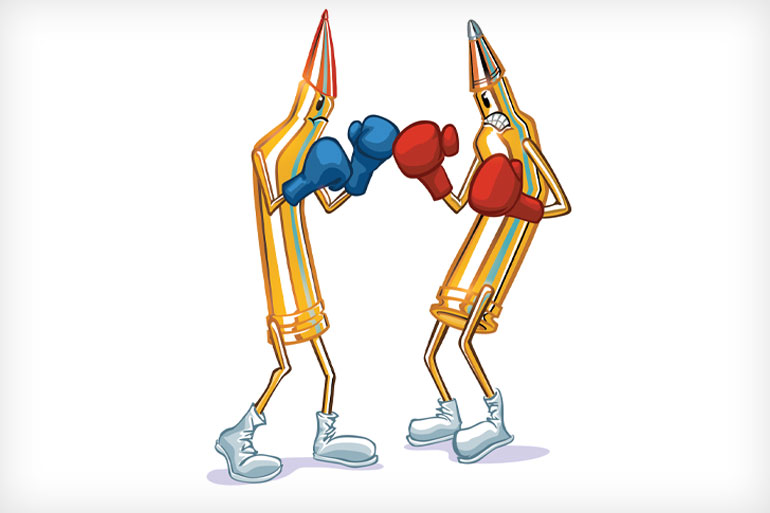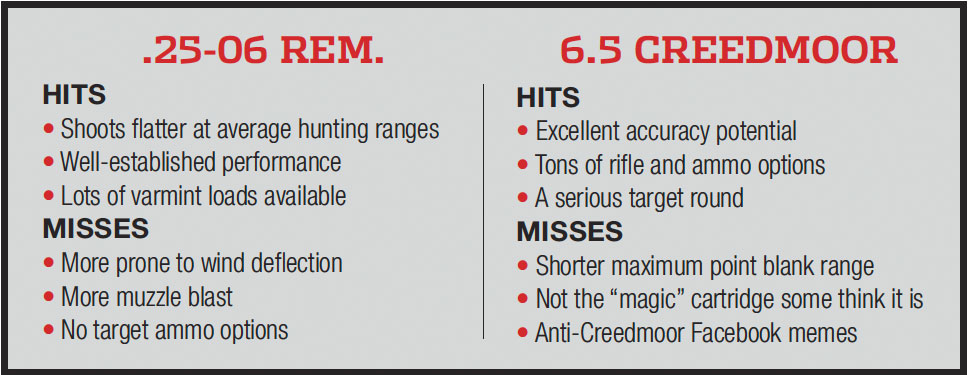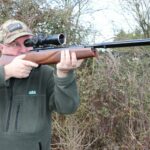
In the 1920s, American gunsmith A.O. Niedner began necking down the .30-06 Springfield to accept 0.257-inch bullets. His new round, the .25 Niedner, gained a bit of a following, but there was a problem: With the propellants available at the time, the Niedner didn’t offer that much of a performance advantage over the popular .257 Roberts.
Slow-burning propellants changed that, and when pushed by powders like IMR 4831, the .25 Niedner was suddenly a far more substantial cartridge than the .257 Roberts. Remington adopted the cartridge in 1969, renamed it the .25-06 Rem., and began chambering it in Model 700 rifles. The .25-06 won its share of fans. While Jack O’Connor had his .270, other writers of that era like Bob Milek thought the .25-06 to be even better medicine for deer and antelope than the .270.
Despite virtues that include low recoil and a flat trajectory, the .25-06 has never been one of the most popular cartridges on the market, likely because of competition from the .243 Win., 6mm Rem. and .257 Wby. Mag.
Nearly four decades after Remington legitimized the .25-06, Hornady chief ballistician Dave Emary and Dennis DeMille necked down the .30 T/C cartridge to accept 6.5 mm bullets. The efficient, mild-recoiling 6.5 Creedmoor didn’t burn a lot of powder functioned beautifully with high-ballistic-coefficient bullets and was inherently accurate. The 6.5 Creedmoor was initially built for competition, but it also won the hearts of hunters.
The .25-06 scorches past the Creedmoor in terms of sheer speed. With a 110-grain ELD-X bullet, Hornady’s Precision Hunter .25-06 load makes 3,140 fps at the muzzle and generates 2,400 ft.-lbs. of energy. By contrast, the Creedmoor fires a 143-grain ELD-X bullet just 2,700 fps. Muzzle energy for the Creedmoor is 2,315 ft.-lbs., close behind the .25-06. At 100 yards, however, the two loads carry almost the same energy level, with the .25-06 load making 2,095 ft.-lbs. and the Creedmoor carrying 2,076 ft.-lbs. By 300 yards, though, the Creedmoor has caught and passed the ’06, and as ranges extend beyond that, the velocity gap between the Creedmoor and the .25-06 increases.

They’re both ideal for deer-size game, and both cartridges have a following among elk hunters, even though they’re at the lower end of sensible calibers for such big animals.
I’ve taken game as large as ibex with the Creedmoor, and I saw Petersen’s Hunting editor David Draper kill a big aoudad with a .25-06 and 90-grain monolithic bullets. On the lighter end, both will work fine for coyotes and other varmints, although I think there are better choices.
Hunters who don’t dial for elevation will like how flat the .25-06 shoots. Zeroed 1.5 inches high at 100 yards the .25-06 is dead-on at 200, six inches low at 300 and 17 inches at 400. Zeroed two inches high at 100, the Creedmoor is dead on at 200, dropping 7.9 inches at 300 and 22.4 inches low at 400.
Target shooters will appreciate the Creedmoor’s ability to handle wind. At 1,000 yards in a 10-mph crosswind the .25-06 drifts 10 inches more than the Creedmoor. Recoil from both rifles is manageable, but the .25-06 produces significantly more muzzle blast.
In terms of rifle and ammo availability, the Creedmoor wins hands down. I found 22 bolt-action .25-06 rifles models available for sale online compared to 111 different Creedmoor models, and the Creedmoor offered tactical/target bolt gun options whereas the .25-06 is chambered almost exclusively in sporting rifles.
Brownell’s website shows 30 .25-06 hunting loads priced between $1.15 and $2.56 per round whereas the company lists 50 target, match and hunting loads for the 6.5 Creedmoor with per-shot prices ranging from 64 cents up to about $2 per shot.















































